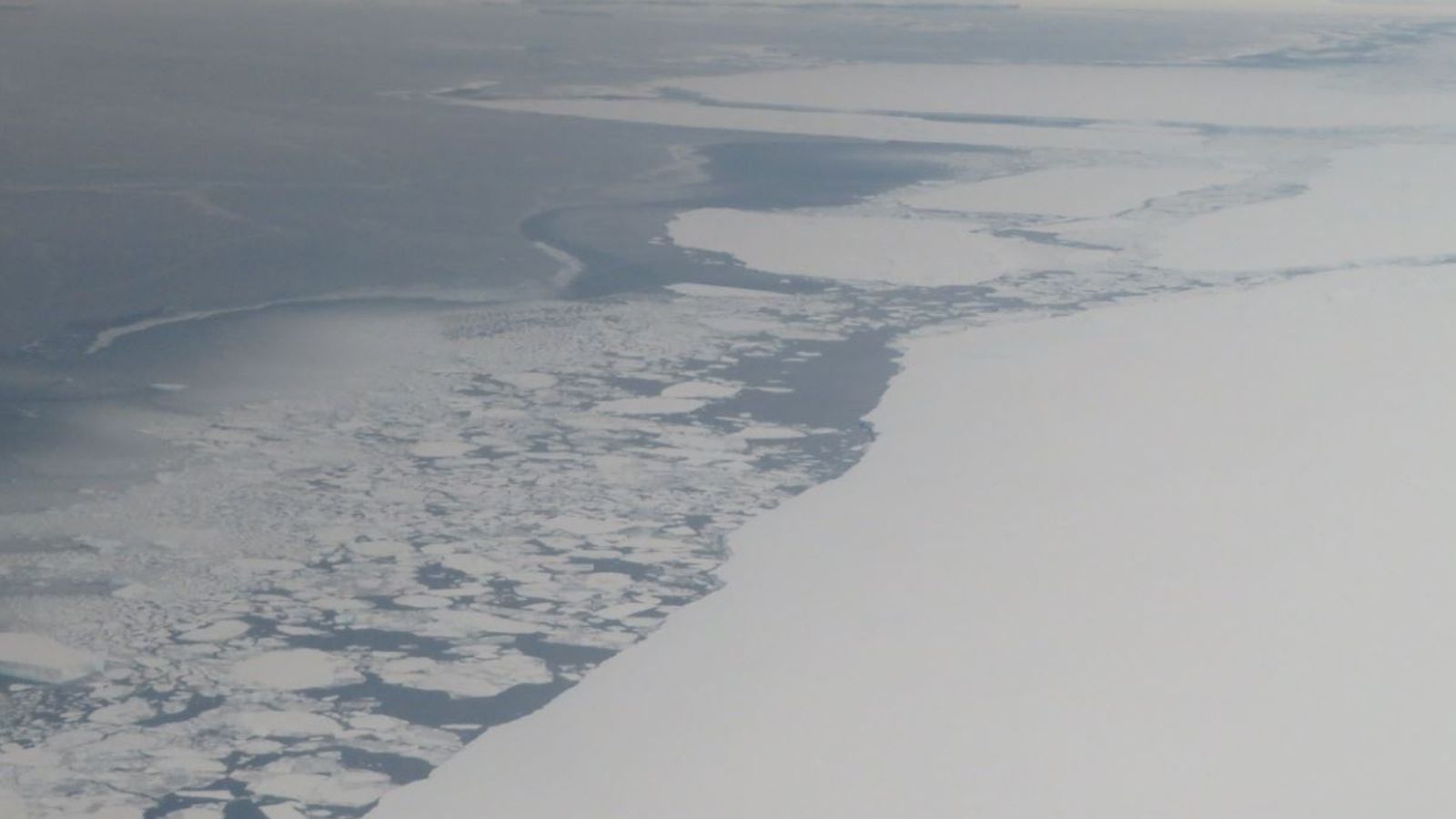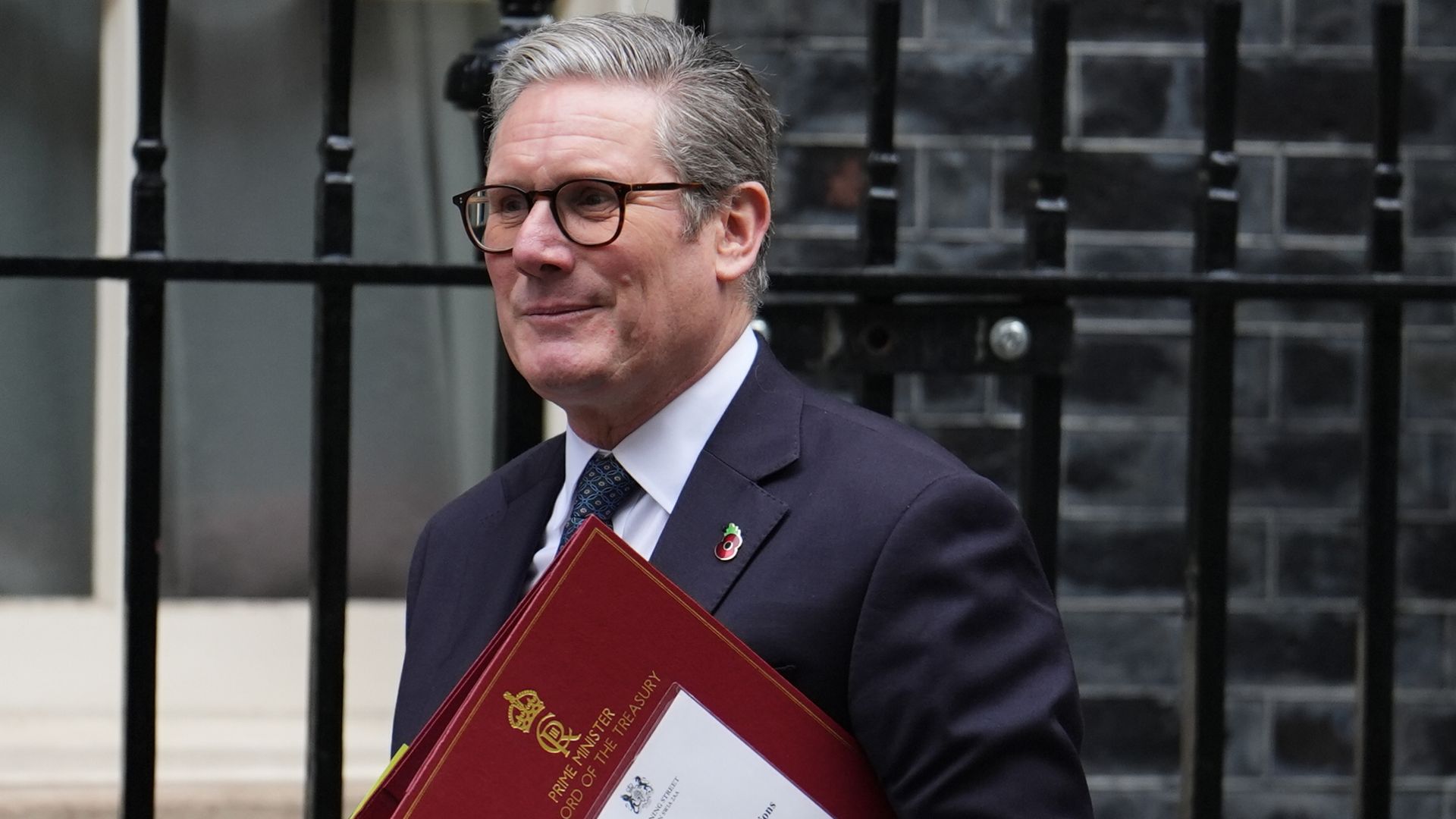The British Antarctic Survey has released its new maps and they are a stark visual depiction of the retreat of ice at our poles.
Just as stark is the warning from the secretary general of the United Nations’ World Meteorological Organisation, Professor Petteri Taalas.
In an interview with Sky News, he emphasised that the melted ice will never return, remarking that the planet has “lost this glacier melting game and sea level rise game”.
He said: “Thanks to an already high concentration of carbon dioxide, we have lost this glacier melting game and sea level rise game.
“It may continue for the coming thousands of years because the natural removal of carbon dioxide from the atmosphere is very slow.
“There’s no return to the climate that we used to have in the last century, so that’s gone… and we will live with these consequences and higher temperatures.”
Professor Taalas’s unusually blunt language reflects growing concern about the Arctic and Antarctic ice.
Dramatic changes to polar ice caps revealed on new map of Arctic and Antarctica
Fears for marine wildlife as scientists track two of the world’s biggest icebergs
Couple make history in first female same-sex wedding on British Antarctic Territory
The Arctic region in particular is warming up to three times faster than the rest of the world, and one recent study suggested it could be sea-ice free in the summer by the 2030s, which is a decade earlier than previous predictions.
This matters because the poles essentially function as the planet’s refrigerators.
As they shrink, the heat reflecting white surface is replaced by darker water, which absorbs heat, accelerating warming.
The warming drives further melting, and as the ice melts into the oceans, sea levels rise.
This worsens coastal erosion and exacerbates the effects of storm surges.
Read more:
Dramatic changes to polar ice caps revealed
Arctic warming occurring ‘even faster than previously thought’
Be the first to get Breaking News
Install the Sky News app for free
Alongside these impacts, the loss of ice means the loss of precious habitats for wildlife, and a disruption of delicate ecosystems, ocean currents and weather patterns.
And the melting of permafrost, or ground which has previously been permanently frozen, is one of the things that most worries climate scientists.
Permafrost covers 25% of the Northern Hemisphere’s land surface and accounts for nearly half of all organic carbon stored in the planet’s soil.
For all of these reasons, what happens in the poles will matter well beyond them.










